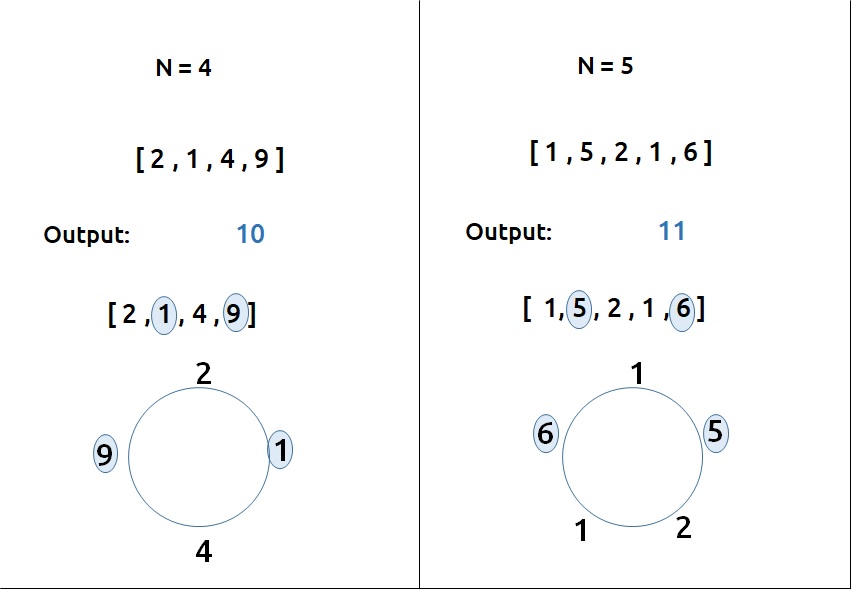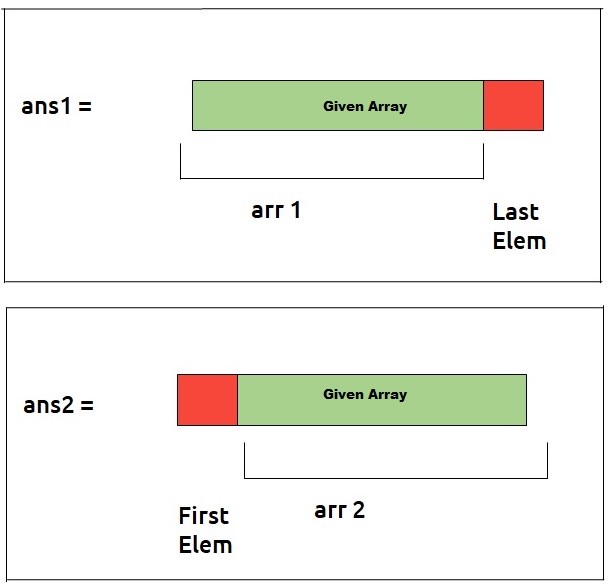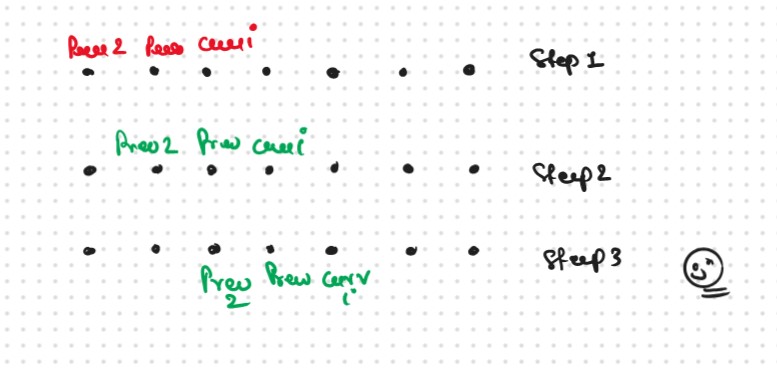JB TAK FODEGA NHI .... TB TK CHODEGA NHI .... (MAANG)
DPL6 House Robber II
You are a professional robber planning to rob houses along a street. Each house has a certain amount of money stashed. All houses at this place are arranged in a circle. That means the first house is the neighbor of the last one. Meanwhile, adjacent houses have a security system connected, and it will automatically contact the police if two adjacent houses were broken into on the same night.
Given an integer array nums representing the amount of money of each house, return the maximum amount of money you can rob tonight without alerting the police.

This Problem is the Preveously DPL5 here is the only one Majore Change that is First and Last element is Connected to Each other we can not take both at the Same Time
Thought Process

This Problem Entire Implementation is the Same ae Preveously learn in DPL5 for Recursion, Memoization, Tabluation Everything will be same. just we find the all the Solution for the arr1 and arr2 that we discuss in uppper and finally return max(ans1,ans2)
That's why we can not repet the Same Code again that we learned Preveously here we just Implement onlu Space Optimization Approch.
Space Optimization
If we closelly Observed if any Tabulation Approch we used the Some Limited Stuff like: ( i,i-1,i-2) for the finding the our ans then definetly here Spaced Optimization is Possible in that types of Problems. Always Remember ( Space Optimization Img From DPL5 )

.png)
.png)
Sb Mai He Kru ...
Khud Bhi Kr le Khuch ..... Nalayk
Time & Space Complexity
Time Complexity: O(N) + O(N) + O(N) ~ O(N)Reason: We used a 2 extra array for the ans and We are running a simple iterative loop, two times. Therefore total time complexity will be O(N) + O(N) + O(N) ≈ O(N)
Space Complexity: O(1)
Reason: We are not using any extra space.














